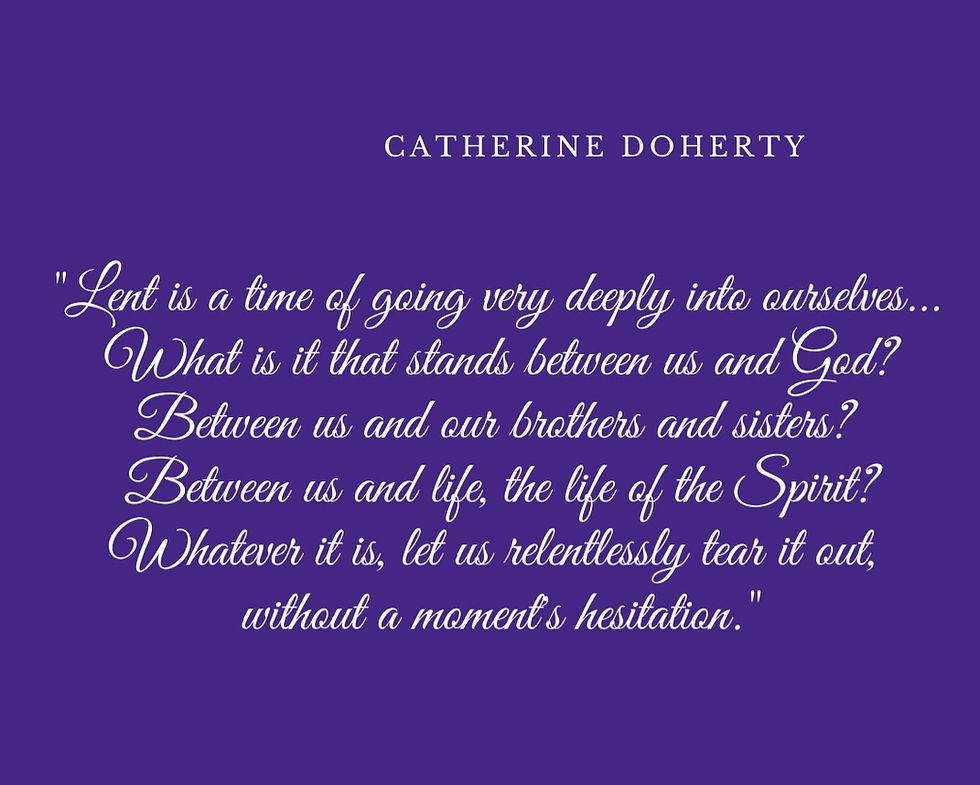The Solemnity of Good Friday in Trinidad & Tobago: Faith, Tradition and Reflection
- Nadia Renata
- Apr 18
- 2 min read

Today, Christians in Trinidad and Tobago join millions around the world in observing Good Friday, the most solemn day in the Christian calendar. It commemorates the crucifixion and death of Jesus Christ at Calvary - a moment of profound sorrow, sacrifice and spiritual reflection.
What Is Good Friday?
Good Friday marks the culmination of Jesus’ earthly ministry and his ultimate act of love: laying down his life for humanity. It is the second day of the Easter Triduum, following Holy Thursday and preceding Holy Saturday. Unlike other Christian observances, Good Friday is not a Mass day; instead, it is a day of fasting, prayer and silence.
Local Traditions in Trinidad & Tobago
In Trinidad and Tobago, Good Friday is observed with deep reverence, blending universal Christian rituals with vibrant local customs. These traditions offer a unique lens through which the faithful engage with the sacred events of this day.
1. Stations of the Cross Processions: At dawn, Catholic communities across the nation gather for the Stations of the Cross, a solemn procession that reenacts Jesus' journey to Calvary. Participants walk through the streets, stopping at fourteen stations that depict key moments from Jesus' condemnation to his burial. In areas like San Fernando, the faithful have traditionally climbed San Fernando Hill, though in recent years, processions have taken alternative routes due to logistical considerations.
These processions are not only acts of devotion but also public expressions of faith, drawing communities together in shared remembrance.
2. The Beating of the Bobolee: A uniquely Trinbagonian Good Friday tradition is the beating of the bobolee. The bobolee is a life-sized effigy, traditionally representing Judas Iscariot, the disciple who betrayed Jesus. Stuffed with straw, old clothes, or newspapers, the bobolee is displayed in public spaces, where passersby symbolically "beat" it, expressing communal disdain for betrayal and injustice.
Over time, the bobolee has evolved to represent broader societal issues. In some communities, effigies have been crafted to symbolize corrupt politicians or social injustices, turning the tradition into a form of social commentary.
A Day of Reflection and Renewal
Good Friday in Trinidad and Tobago is more than a day of mourning; it's a time for introspection and community solidarity. Through solemn processions and cultural expressions like the bobolee, the faithful are invited to contemplate themes of sacrifice, redemption and the enduring hope that Easter brings.
Note: For specific details on local church services and traditions, please consult your parish or diocesan announcements.




Comments